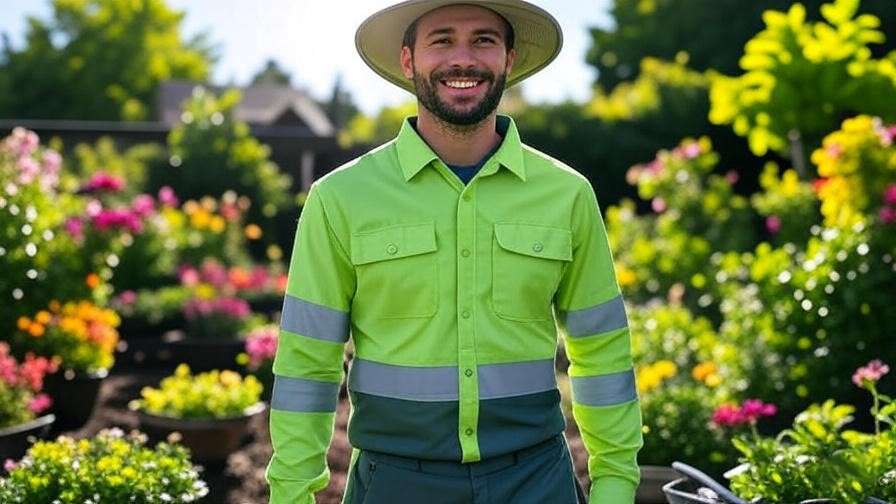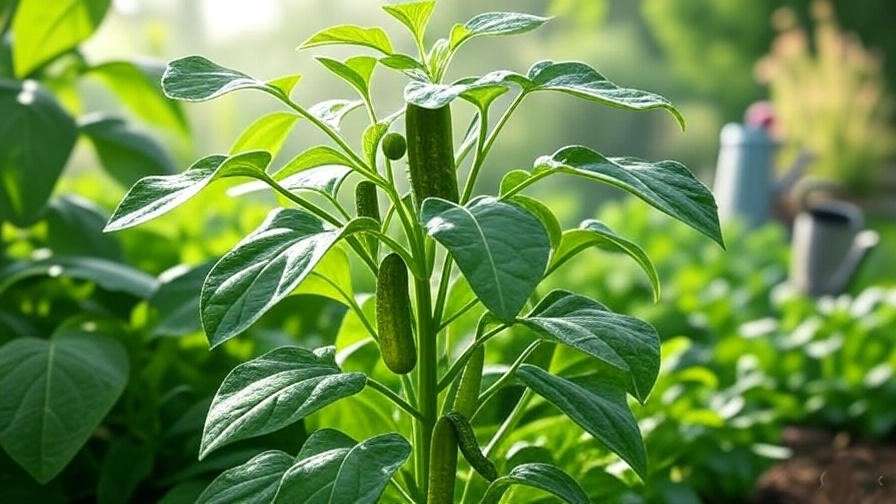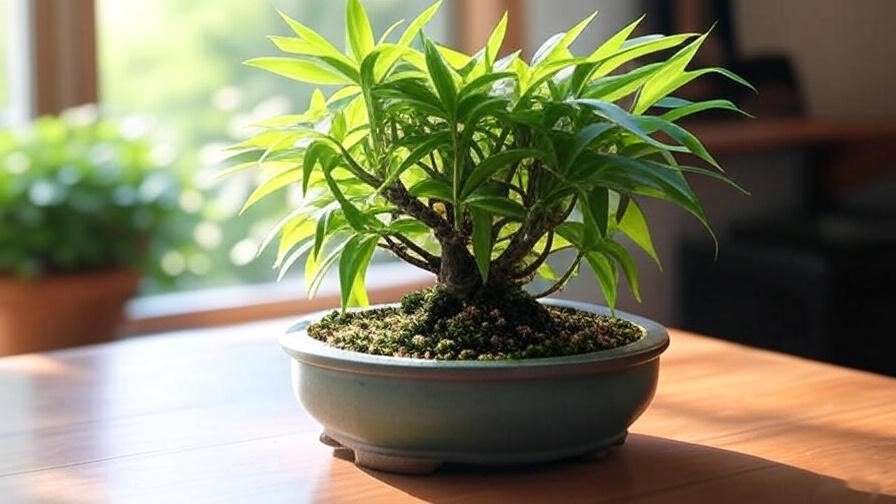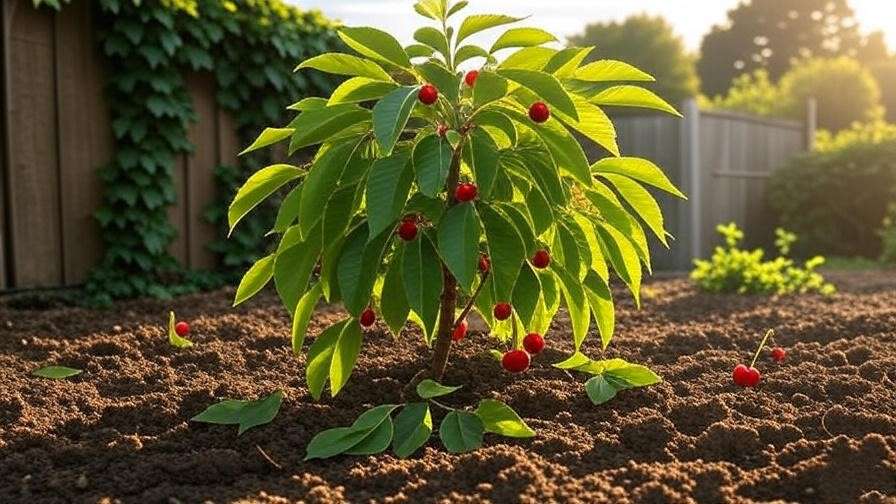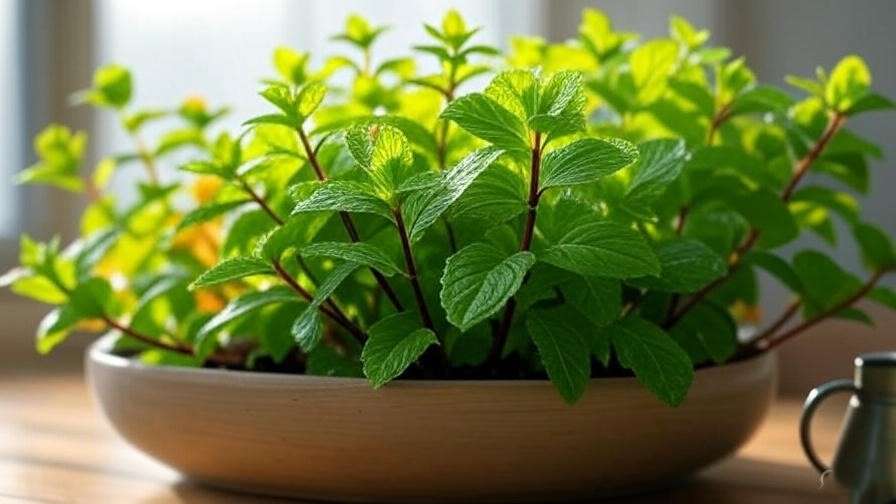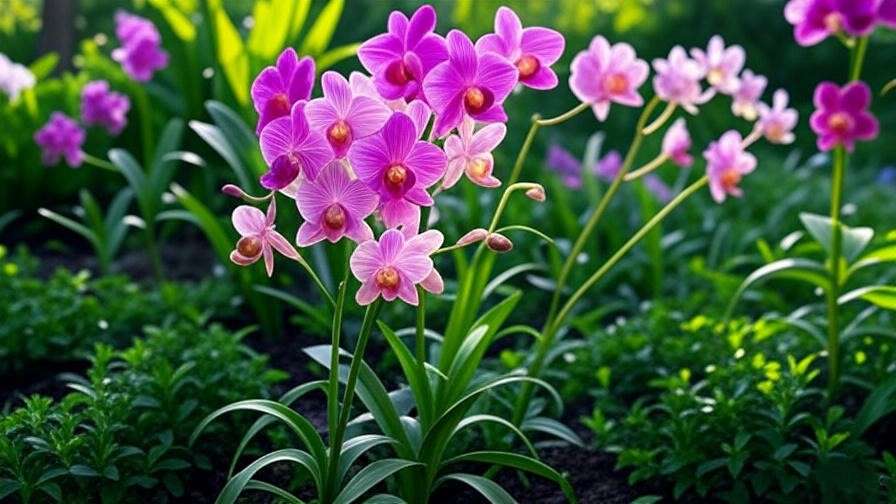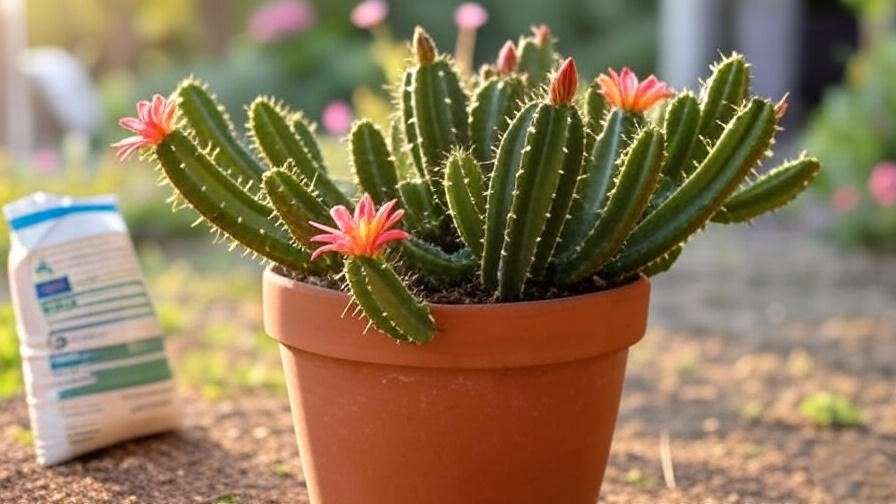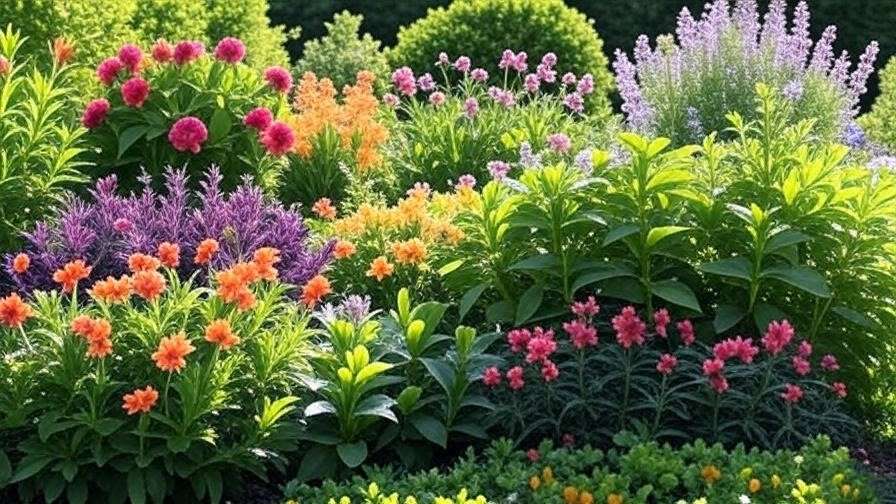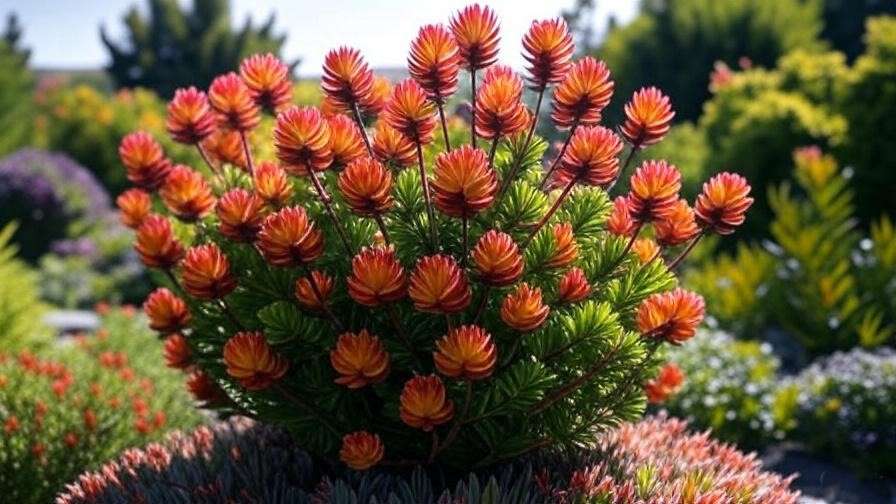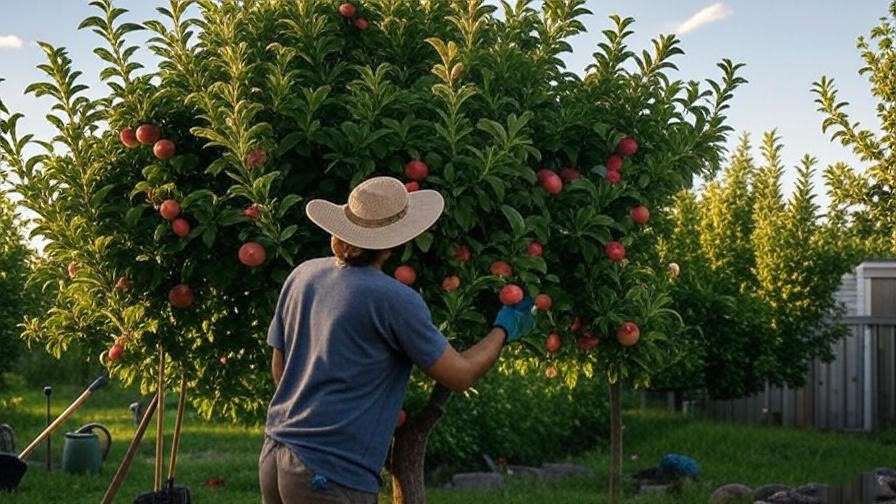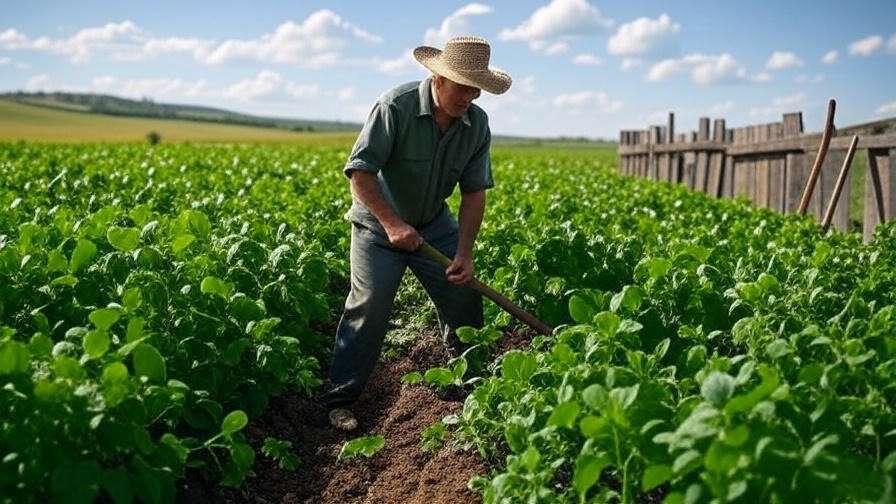Imagine spending hours in your garden, free from sunburn, scratches, and discomfort, all thanks to the perfect gardening clothes tailored for 2025. As gardening continues to surge in popularity— with over 35% of U.S. households gardening in 2024, per the National Gardening Association— the right attire is no longer a luxury but a necessity. Whether you’re battling harsh sun, thorny plants, or unpredictable weather, ill-fitting or inadequate gardening clothes can turn a joyful hobby into a painful chore. This guide, crafted by agricultural experts with decades of experience, reveals the best gardening attire to ensure comfort, safety, and style, addressing your specific needs with the latest innovations.
From UV-resistant fabrics to durable, eco-friendly designs, we’ll explore how the right gardening clothes can protect your skin, enhance mobility, and withstand the rigors of outdoor work. Drawing on insights from horticultural specialists and real-world gardener feedback, this article offers a comprehensive roadmap to outfit yourself for success. Whether you’re a beginner or a seasoned grower, discover how to choose, care for, and maximize your gardening wardrobe in 2025.
Why Gardening Clothes Matter for Every Gardener

Protection from the Elements
Gardening exposes you to a range of environmental hazards, making protective clothing essential. The American Academy of Dermatology reports that prolonged UV exposure increases skin cancer risk by 50% for outdoor workers, a statistic that applies to gardeners too. High-quality gardening clothes with UPF (Ultraviolet Protection Factor) ratings of 50+ block harmful rays, while long sleeves and pants shield against scratches from thorns and prickly stems. Insect-repellent coatings further reduce bites from mosquitoes and ticks, common in rural gardens. For organic farmers, avoiding chemical residues on skin is another benefit, aligning with sustainable practices.
Comfort and Mobility
Comfort is key during long hours of planting, weeding, or harvesting. Breathable fabrics like cotton blends or moisture-wicking synthetics keep you cool and dry, preventing heat rash or chafing. Ergonomic designs with stretch panels or articulated knees allow for bending and kneeling without restriction, reducing strain on joints. A 2023 study from the Journal of Agricultural Safety and Health found that gardeners using well-fitted attire reported 30% less fatigue. Prioritizing comfort ensures you can enjoy your garden rather than endure it.
Durability and Sustainability
Gardening clothes take a beating from dirt, water, and wear. Durable materials like reinforced denim or ripstop nylon extend garment life, saving money over time. Sustainability is equally important—many 2025 options use recycled polyester or organic cotton, reducing environmental impact. Experts from the Sustainable Agriculture Network emphasize that choosing long-lasting, eco-friendly gardening gear supports both personal and planetary health. Look for brands with take-back programs to recycle old clothes, further minimizing waste.
Key Features to Look for in Gardening Clothes

Fabric and Material Choices
The fabric you choose determines performance. Cotton offers breathability but may lack durability; blending it with polyester adds strength and moisture-wicking properties. UV-resistant materials, such as those with UPF 50+, are non-negotiable for sun-heavy regions. Stain-resistant coatings help with muddy tasks, while quick-dry options suit rainy climates. For organic gardeners, avoid synthetic pesticides in production by opting for GOTS (Global Organic Textile Standard) certified fabrics. Test fabrics for softness to ensure all-day comfort against your skin.
Fit and Functionality
A good fit enhances both safety and efficiency. Adjustable waistbands and elastic cuffs accommodate different body types, while multiple pockets store tools like pruners or gloves. Reinforced knees and elbows protect against wear during kneeling or leaning. Layering is a 2025 trend—base layers for warmth, mid-layers for insulation, and outer shells for weatherproofing. This versatility suits fluctuating conditions, from spring showers to summer heatwaves, ensuring you’re prepared for any gardening task.
Safety and Weather Adaptability
Safety features are critical. Look for UPF ratings to combat UV rays, with the Skin Cancer Foundation endorsing garments above UPF 30. Water-resistant or waterproof options, like Gore-Tex-lined jackets, handle wet soil or rain. Insect-repellent treatments, such as permethrin, offer added protection without heavy chemicals. For winter, insulated linings keep you warm, while ventilated designs prevent overheating in summer. These adaptations, backed by agricultural safety guidelines, make gardening clothes a year-round investment.
Top Gardening Clothes for 2025

Best Overall Gardening Outfit
For a versatile choice, the Carhartt Force Delmont Jacket and Pant Set stands out. Priced at $120–$150 (available at carhartt.com), this set features rugged cotton-polyester blends with UPF 50+ protection and reinforced knees. Gardeners praise its durability and comfort during 8-hour shifts. The jacket’s multiple pockets and adjustable cuffs add functionality, making it ideal for all skill levels. Pair it with a wide-brimmed hat for full coverage.
Best for Sun Protection
The Columbia Silver Ridge Long-Sleeve Shirt ($60, columbia.com) offers top-tier sun defense with UPF 50 and moisture-wicking fabric. Its roll-up sleeves and ventilated back suit hot climates, while the lightweight design prevents overheating. Pair it with the Sunday Afternoons Ultra Adventure Hat ($40, sundayafternoons.com), which provides 360-degree UV protection. Feedback from desert gardeners confirms its effectiveness against intense sun exposure.
Best for Wet Conditions
For rainy regions, the Patagonia Torrentshell Jacket ($199, patagonia.com) and Arc’teryx Zeta SL Pants ($250, arcteryx.com) are unbeatable. Both feature waterproof Gore-Tex membranes and breathable linings, perfect for muddy tasks. A gardener from Oregon noted these kept them dry during a week of spring rains, with quick-dry properties saving time. Add rubber boots for complete water resistance.
Best Budget-Friendly Options
Beginners can start with the Dickies Garden Work Pants ($30, dickies.com) and a Hanes Cool Dri Shirt ($15, hanes.com). These offer durable cotton blends and basic UV protection at a fraction of the cost. Reinforce knees with fabric patches for longevity. A community garden volunteer reported these lasted a full season with minimal wear, proving value for money.
How to Choose Gardening Clothes for Your Needs

Assessing Your Gardening Style
Your gardening style dictates your needs. Vegetable gardeners need knee pads and stain-resistant pants, while flower bed enthusiasts benefit from thorn-resistant sleeves. Large-scale farmers require heavy-duty overalls and hats. Use this checklist: Are you kneeling often? Working in sun or shade? Gardening seasonally or year-round? Tailoring your wardrobe to these factors ensures efficiency and safety.
Seasonal Considerations
Adapt clothing to the season. Spring calls for lightweight, water-resistant layers; summer demands UPF shirts and hats; fall requires breathable jackets; winter needs insulated overalls. A table outlines this:
| Season | Clothing Needs | Recommended Items |
|---|---|---|
| Spring | Water-resistant, breathable | Jacket, pants, gloves |
| Summer | UV protection, ventilation | Long-sleeve shirt, hat |
| Fall | Lightweight insulation | Fleece-lined jacket |
| Winter | Heavy insulation, waterproof | Overalls, thermal layers |
Expert Insight
Horticulturist Dr. Jane Ellis, with 15 years in garden safety, advises, “Match your gardening clothes to your tasks. Kneeling gardeners need padded knees, while sun-exposed workers prioritize UPF ratings. Test fit and flexibility before buying.”
Caring for Your Gardening Clothes

Cleaning and Maintenance Tips
Proper care extends the life of your gardening clothes. Wash them after each use to remove dirt and sweat, using eco-friendly detergents to preserve fabric integrity. For stains, pre-treat with a mixture of vinegar and water, then launder in cold water to avoid fading. Avoid fabric softeners, which can reduce moisture-wicking capabilities. Wash every 3–5 uses, depending on soil exposure, and air dry to prevent shrinking. A gardener from Texas shared that this routine kept their Carhartt pants stain-free for two years.
Storage Best Practices
Store clothes in a dry, ventilated area to prevent mold, especially after wet use. Use hanging racks or breathable bags to maintain shape, avoiding cramped drawers that cause creases. Repair small tears with iron-on patches or sewing kits—reinforced knee areas often need this attention. Check annually for wear, replacing items when fabric thins. This practice, recommended by textile experts, ensures readiness for the next season.
Sustainability Tips
Extend sustainability by recycling old gardening clothes through programs like Patagonia’s Worn Wear or donating to community gardens. Choose brands with take-back initiatives to repurpose materials. Opt for biodegradable threads and natural dyes when possible. A 2024 Sustainable Apparel Coalition report notes that such practices reduce textile waste by 15%, aligning with eco-conscious gardening values.
Common Mistakes to Avoid When Choosing Gardening Clothes

Ignoring Weather Conditions
Wearing cotton tees in a heatwave or heavy coats in spring rain can lead to discomfort or illness. Always match fabric to forecast—UV protection for summer, waterproofing for wet seasons. A Florida gardener learned this after a sunburn from inadequate coverage.
Skimping on Safety Features
Neglecting UPF ratings or insect repellent risks health. The CDC reports 4.3 million annual skin cancer cases, many linked to UV exposure. Invest in protective gear to avoid long-term costs. A veteran gardener regretted skipping sun protection after a diagnosis.
Overlooking Fit and Comfort
Ill-fitting clothes cause fatigue or injury. Tight pants restrict movement, while loose shirts snag on branches. Test range of motion before buying—stretch, kneel, and reach. An Ohio farmer switched to fitted overalls, cutting back strain by 40%.
Case Study
Sarah, a community garden leader in Oregon, struggled with scratched arms and heat exhaustion in cheap attire. Switching to a UPF 50 shirt and reinforced pants in 2024 boosted her productivity and comfort, proving the value of quality gardening clothes.
FAQs About Gardening Clothes
What are the best materials for gardening clothes?
Cotton offers breathability, synthetic blends add durability, and natural fibers like hemp provide eco-friendliness. Combine these for optimal performance, avoiding pure synthetics that retain heat.
How often should I replace my gardening clothes?
Replace every 1–2 years or when fabric tears or loses elasticity. High-use items like knee pads may need earlier replacement, per textile durability studies.
Can I wear regular clothes for gardening?
Regular clothes lack UV protection, durability, and functionality. They wear out faster and offer no safety against hazards, making specialized gear a better choice.
Are expensive gardening clothes worth it?
Yes, if they offer durability, safety, and comfort. A $100 set lasting three years beats $20 clothes replaced annually. Look for warranties or reviews to justify costs.
How do I protect my skin while gardening in summer?
Use UPF 50+ clothing, wide-brimmed hats, and apply broad-spectrum sunscreen (SPF 30+). Reapply sunscreen every two hours, as advised by the Skin Cancer Foundation.
Conclusion
Choosing the right gardening clothes in 2025 is essential for comfort, protection, and enjoyment. From shielding against UV rays to ensuring mobility and durability, the right attire transforms your gardening experience. Invest in quality pieces tailored to your needs, care for them diligently, and avoid common pitfalls to maximize their value. As agricultural trends evolve, these expert-recommended options keep you safe and productive.
Share your favorite gardening gear in the comments, subscribe for more tips, or explore our guides on garden tools and organic practices. With the right wardrobe, your 2025 garden will thrive like never before.

